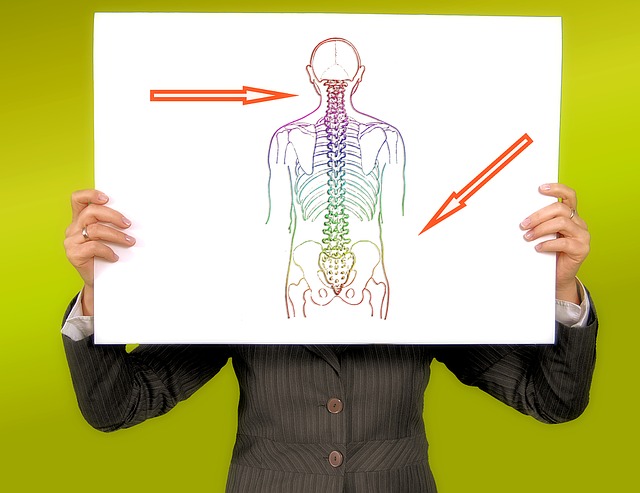Discs don’t slip
Through our clinics we see numerous patients each week that report they have had “slipped discs”, or can no longer do something because of their “slipped disc”. Or more worryingly that they have been told by another healthcare professional that they have a “slipped disc”. For the purpose of clarity, DISCS DO NOT SLIP. But why do so many of us use this terminology, and if they don’t slip then what exactly do they do?
The reason for this article isn’t to play semantics on wording, we instead hope to answer some common questions about what is really happening when people get disc problems, and show that the association of discs “slipping” with the experience of pain may in fact in itself be contributing to the problem.
What is a disc?
 To begin to explain what is going on we need to understand what discs are.
To begin to explain what is going on we need to understand what discs are.
Your discs can be found between nearly all of your vertebrae in your spine, they are essentially the joints of the spine acting as strong ligaments between each bony segment. They act as shock absorbers like the suspension on a car, but are extremely robust to be able to withstand large amounts of force. They are made up of a gel-like inner layer surrounded by a fibrous ringed outer layer, much like the rings of a tree trunk. The key component however is that discs have a strong cartilaginous endplate which attaches the disc to the bony vertebra. It is because of this extremely strong connection that discs can not just slip.
But discs can get injured, right?
Yes, discs can definitely get injured. But they can just as easily heal too. Many of us appreciate that if we strain a muscle or sprain a ligament then this will heal, more quickly with treatment and guidance, but nevertheless it will heal. So why do we scare ourselves into thinking that our “slipped discs” will be with us for life and we may never be able to do the things we used to love doing, like gardening, picking up the grandchildren or playing our favourite sport? One reason is this image of the disc slipping creates a psychological barrier which we find difficult to overcome. If you injure your back and suddenly have this image in your mind that two segments of your spine have become detached, moved and the cushion between them is no longer providing any support then I can completely understand why you might be panicking in pain, I would be too! But this just doesn’t happen, discs do not slip.
But it is uncommon to get disc injuries, isn’t it?
Nope. We routinely review patient cases where MRI reports show a disc protrusion or bulge which may ultimately be an insignificant finding and completely unrelated to the patient’s initial complaint. These common findings may be completely normal given the age of the patient. Current evidence shows that up to 60% of the UK population have disc protrusions or bulges that do not produce any symptoms or discomfort. Chances are as I write this article that I am one of them, sitting comfortably and pain-free.
That’s great, but I do have a disc bulge and I am in pain!
We’re not saying that a disc bulge and protrusion will not be the cause of the symptoms you are experiencing, but instead that this needs to be reviewed as part of a much bigger picture. Is this just a coincidental finding on an MRI that was probably there long before you ever started to experience pain? We have come accustomed to giving everything names, focusing on structural changes “causing pain” and losing sight of how our bodies actually function and how best to improve this function. Irrespective of which healthcare professional you choose to visit they should be working with you to isolate the variety of elements which may be contributing to your pain and symptoms, it’s just important to understand that this may not simply be due to a naughty disc.
References:
Brinjikji W, Luetmer PH, Comstock B, et al. Systematic Literature Review of Imaging Features of Spinal Degeneration in Asymptomatic Populations. AJNR American journal of neuroradiology. 2015;36(4):811-816. doi:10.3174/ajnr.A4173.
Image: wikimedia.org/wikipedia/commons/0/0f/716_Intervertebral_Disk.jpg




